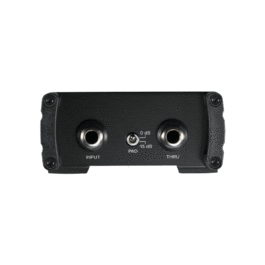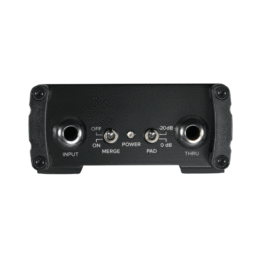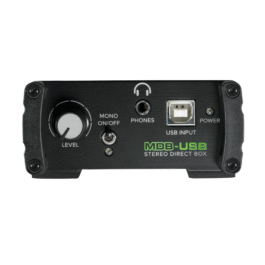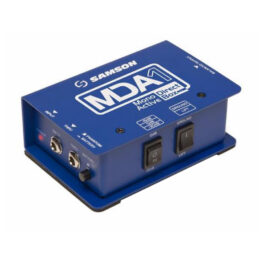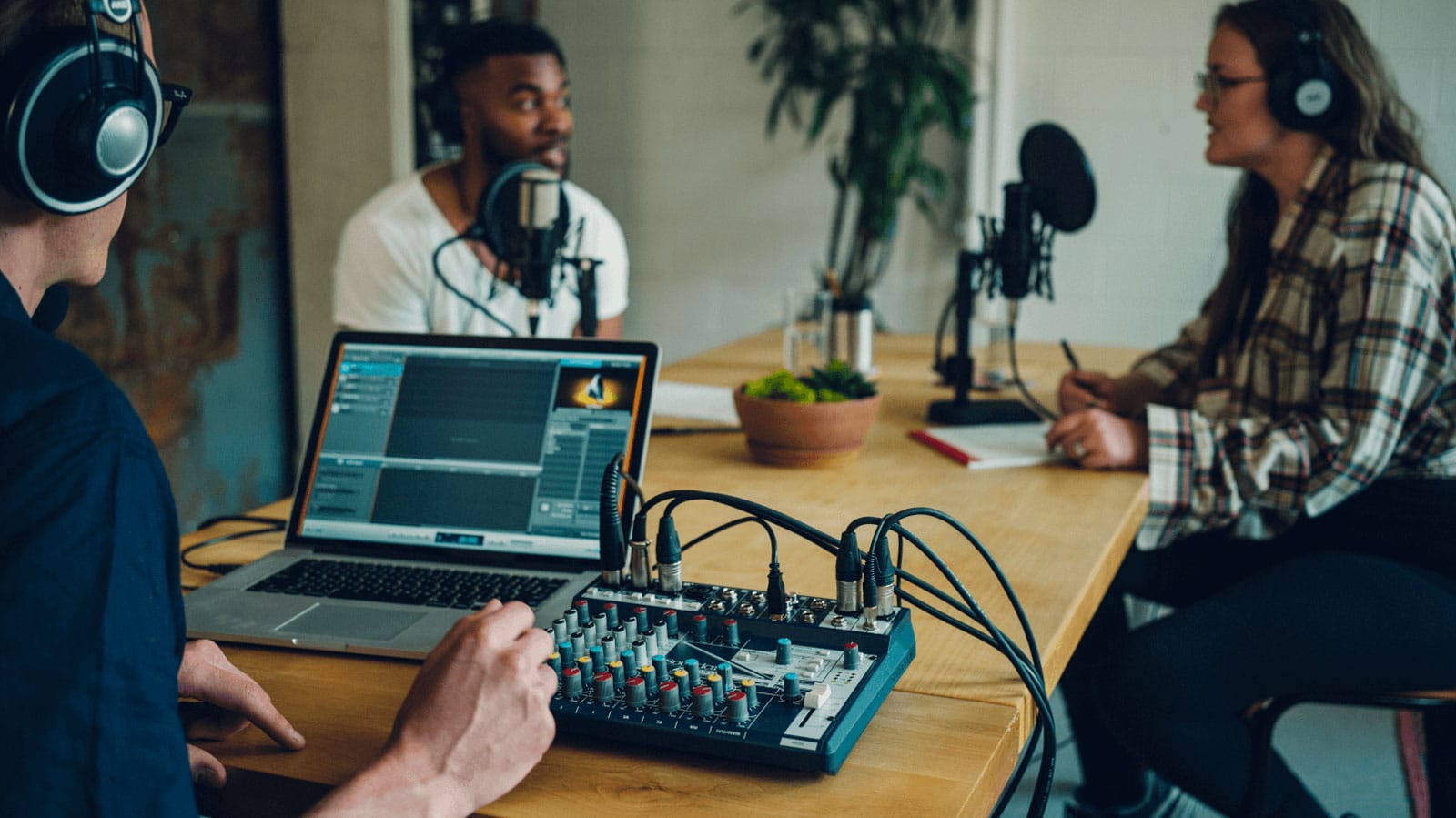
Have you ever seen a guitarist or bass player plug into a DI Box, and found yourself wondering what the fuss is about? Today we’re going to take a look at what DI boxes are, why musicians use them, and by the end of this piece you should have all the info you need to know whether or not you should be using one (spolier alert – you should).
The first step is to understand what a DI Box does. To put it very simply, a DI (Direct Inject) Box converts an unbalanced high-impedance signal to a balanced low-impedance signal.
But, of course, knowing that alone isn’t really enough to go on, so let’s get a little more detailed.
You now know that the DI converts the impedance, but what is the real world use of that?
Run directly into a microphone pre-amp on a mixer
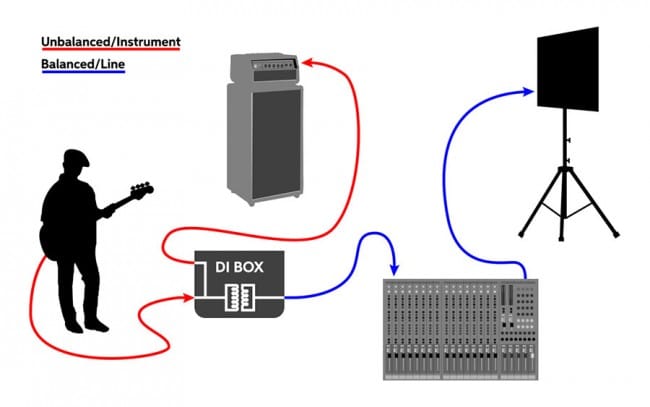
One of the most common uses for a DI Box is to allow you to line your instrument directly into a mixer. Instruments like guitars, bass guitars, and keyboards have a high impedance output. This output is great for running into a dedicated amplifier but falls short when running directly into a PA Mixer.
To put it plainly, microphone pre-amps in mixers don’t play well with high-impedance inputs. The most common symptom of this mismatch is unpleasant distortion, and in some cases it is absolutely possible to damage the pre-amps in your mixer. By running your line through a DI box first, you can send a low impedance signal to your desk. That will ensure that your live or recorded tone remains accurate.
Reduce Noise
Not all electrical sources are equal. Ask anyone who has been playing live for more than a few months, and they’ll tell you stories of venues with noisy electrical supplies.
Factors like the age of the building (well, the cables in the building to be precise), the lighting used, and what else is plugged in nearby will all add to potential electrical hum.
One of the magical properties of using a DI Box is that you can reduce noise bleed and that annoying electrical hum.
Run Longer Cables
Passive pickups on most guitars and bass guitars offer players unbeatable tonal nuance. One of the problems with passive pickups, however, is that with longer cables ( >7m) there is noticeable signal degradation.
If you’re playing on a big stage trying to run around and be entertaining, there are two options for you. The first is to lose the cable altogether. Of course, wireless systems are not always affordable; especially if you only play on a big stage once or twice a year.
Your other option is to use a DI Box. DI Boxes allow you to run longer cables without frequency loss.
Balanced/Unbalanced Signal
DI Boxes are a universal tool. That means that all musicians can benefit from one. If you look at the DI Box, you will see that there is usually a 1/4″ jack input and an XLR output.
Without getting into the specifics of “how” it does it, a DI Box converts an unbalanced signal to a balanced signal. That means that any instrument or microphone with a 1/4″ jack can be plugged into a DI Box.
Should you Own a DI Box?
Yes.
DI Boxes are not expensive pieces of kit, and they are small enough to fit into any gigbag.
Now, you might find yourself wondering “shouldn’t the venue I play at already have a DI Box for me?”. And again, the answer is a resounding yes.
But in reality, things go wrong. Like most pieces of gear, a DI Box can break. By having a personal DI Box on hand, you can ensure that you can perform at your best, even if the venue drops the ball.
Shop DI Boxes Online...
-
- Live Sound, Cables & Stage Boxes
Mackie MDB-2P Dual Channel Direct Box – Passive
-
R1,995R1,875FREE DELIVERY - Select options
-
- Cables & Stage Boxes, Live Sound, Studio & Recording, Studio Accessories
Mackie MDB-USB – USB Direct Box
-
R4,150R3,985FREE DELIVERY - Select options
-
Request Stock
- Out of Stock
- Live Sound, Cables & Stage Boxes
Samson SMax MD1 Mono Passive Direct Box
-
R1,750R1,225FREE DELIVERY - Select options
-
-
Request Stock
- Out of Stock
- Live Sound, Cables & Stage Boxes
Samson SMax MDA1 – Mono Active Direct Box
-
R1,495R1,075FREE DELIVERY - Select options
-
-
Request Stock
- Out of Stock
- Cables & Stage Boxes, Clearance Sale, Live Sound
Proel DIRECT100A
-
R1,295R970FREE DELIVERY - Select options
-
-
- Live Sound, Cables & Stage Boxes
Samson SMax MD2 Pro – Stereo Passive Direct Box
-
R3,995R2,795FREE DELIVERY - Select options


